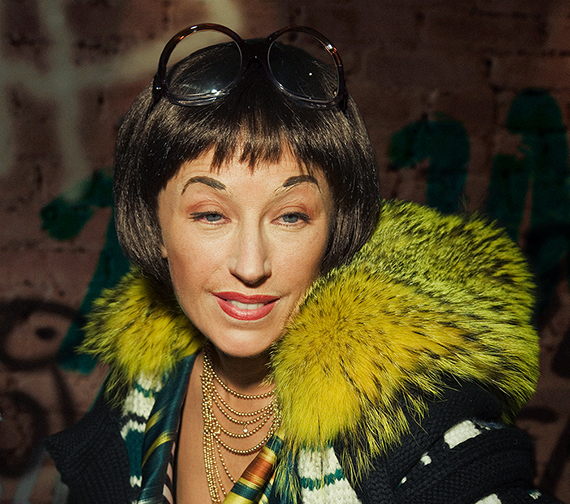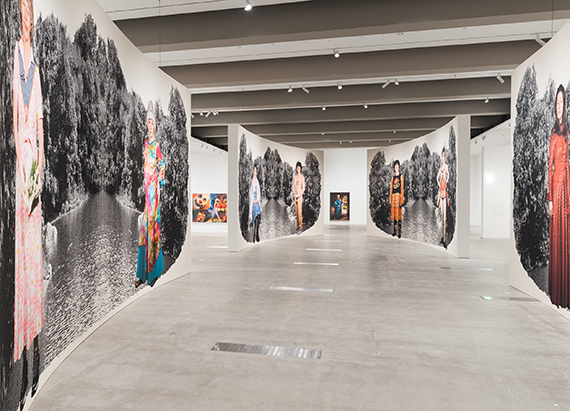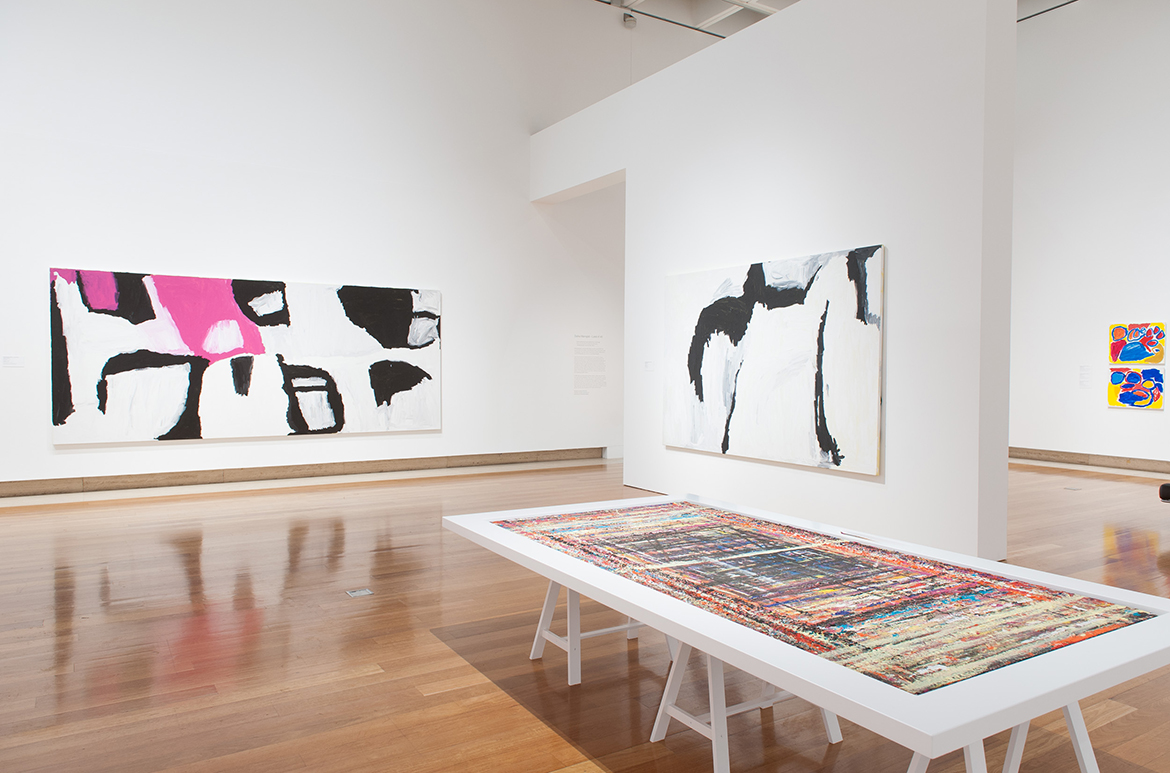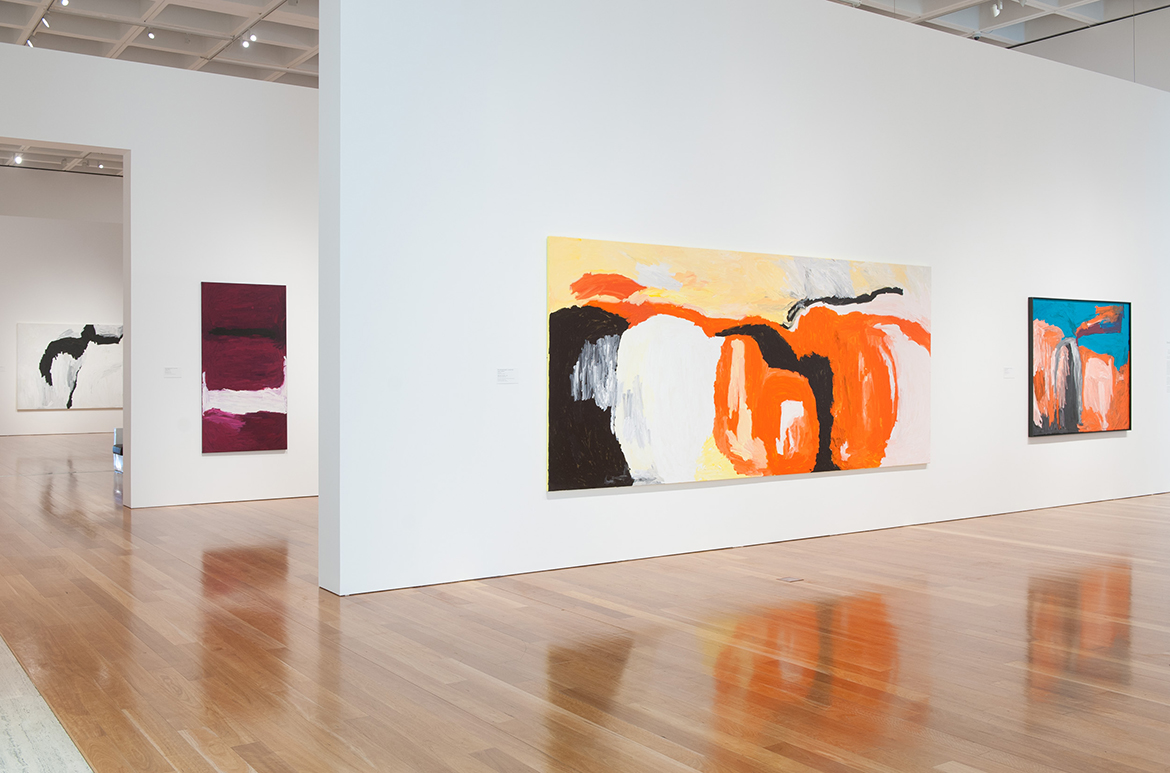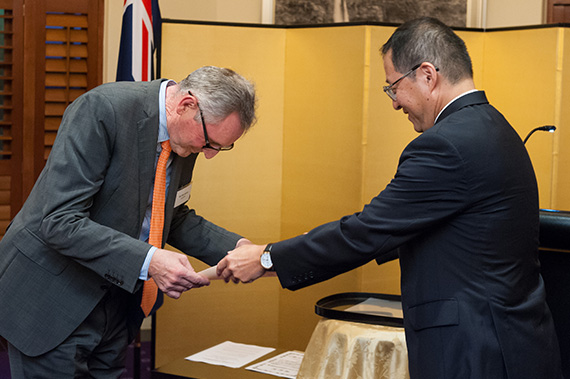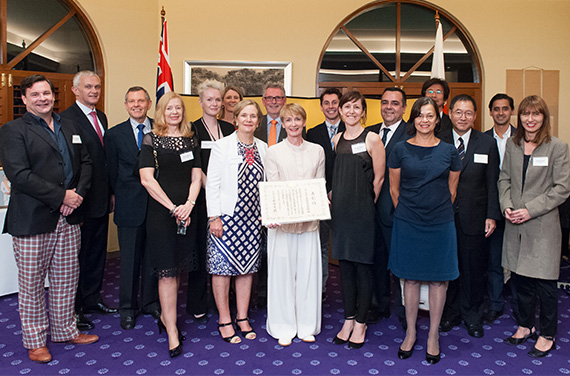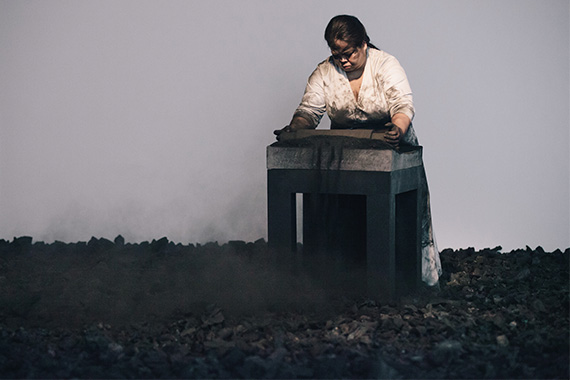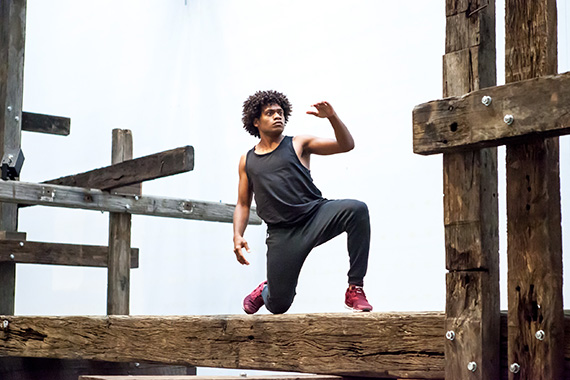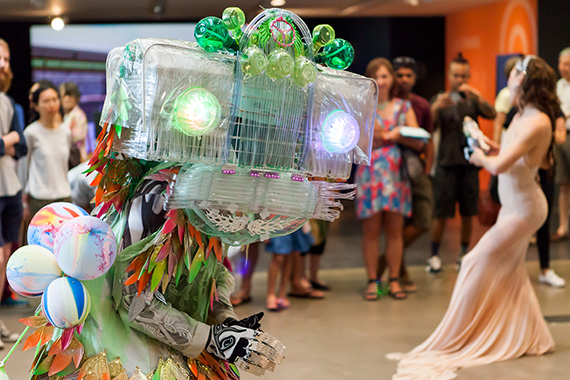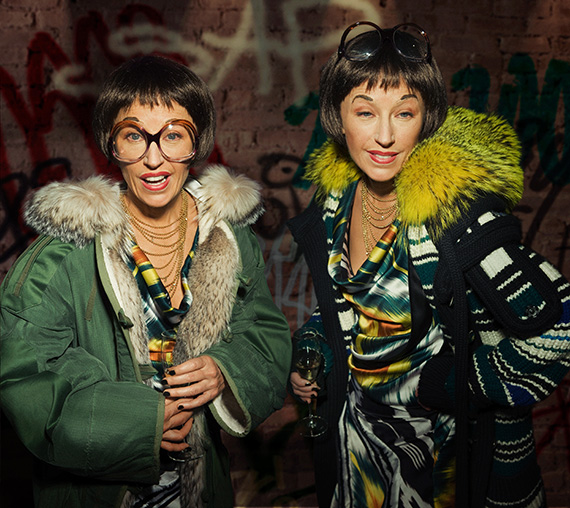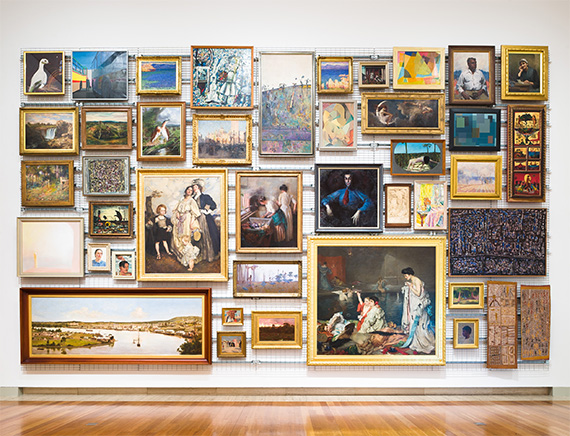
We were delighted to close APT8 with an attendance of almost 605 000 — the most visited APT since APT5 in 2006, which coincided with the opening of GOMA. It has contributed greatly to a cumulative attendance across eight Triennials of three million visitors. APT8 Live, which is our first performance program presented under its own banner, factored strongly in our APT8 figures and animated the whole Gallery and its precinct.
As we move into winter, two remarkable female artists from opposite sides of the globe are celebrated across our two buildings. At QAG, ‘Mirdidingkingathi Juwarnda Sally Gabori: Dulka Warngiid – Land of All’ — an extensive survey of the work of the late Queensland painter, whose unexpected artistic flourishing at the age of 80 was a great gift to contemporary Australian art. Meanwhile at GOMA, ‘Cindy Sherman’ considers the large-scale photographic works of one of the world’s most influential artists, in her first solo show in Australia since the turn of the century.

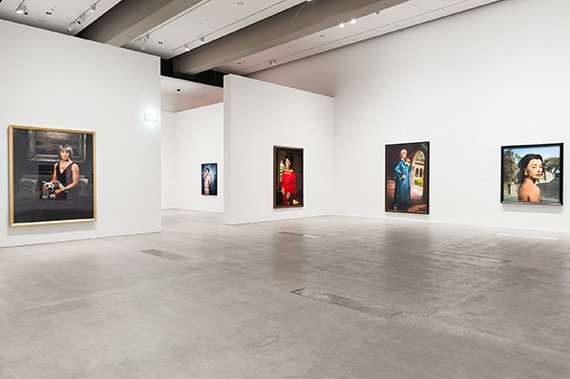
This month you’ll notice some major changes at QAG. We have closed the Josephine Ulrick and Win Schubert Galleries and moved our Australian collection highlights into Gallery 5. This allows us to use the Australian galleries as temporary Collection storage so that we can install a mezzanine level in QAG’s existing art storage area. To alleviate the effects of this building project, a densely installed Salon-style display of visitor favourites, titled ‘Moving Pictures: Towards a Rehang of Australian Art’, will keep some of our best known works on view until the Australian galleries are comprehensively rehung in late 2017.
Back at GOMA, with the opening of ‘A World View: The Tim Fairfax Gift’, we enter the first stage of celebrations for the tenth anniversary of our second site. This milestone marks a transformation not just for the Gallery but for its local, national and international audiences. GOMA has allowed us to rethink the way we present contemporary art and, we hope, given our audience new ways to experience it. When GOMA turns ten in December, we will present a major exhibition of our contemporary Collection highlights, augmented by some exciting new commissions.
GOMA has also opened the door for new collaborations at an international level, as will be evident in ‘Time of others’, which opens Saturday 11 June. This joint effort with our colleagues at the Museum of Contemporary Art in Tokyo, Osaka’s National Museum of Art, and the Singapore Art Museum, with the support of the Japan Foundation Asia Center, shines a light on some of the same territory we explore and map through the APT, but brings in multiple curatorial viewpoints and the depths of all four collections to add new nuance to our understanding of the contemporary art of South-East Asia.
Michael Zavros, Australia b.1974 / Bad dad 2013 / Oil on canvas / Image courtesy: The artist and Starkwhite, Auckland / © The artist
Following its appearance in last year’s ‘GOMA Q’, Queensland artist Michael Zavros’s Bad dad 2013 is now the subject of the annual Foundation Appeal. The work, also a finalist in the 2013 Archibald Prize, brilliantly captures a contemplative and complicated moment of self-reflection in which Zavros casts himself as a contemporary version of the protagonist from Caravaggio’s Narcissus c.1597–99, which he saw in Rome’s Palazzo Barberini. To strengthen our holding of works by this important Australian artist, we are appealing to you, our supporters, to help us bring this hugely engaging painting into the Collection. I invite you to drop into GOMA to view Bad dad, which will be on display through to the end of July.
While you’re here, enjoy the rich selection of exhibitions and programs presented across both buildings.
‘Cindy Sherman’ | Until 3 October 2016 | Ticketed
Buy Tickets
Buy the Publication
Further Information


